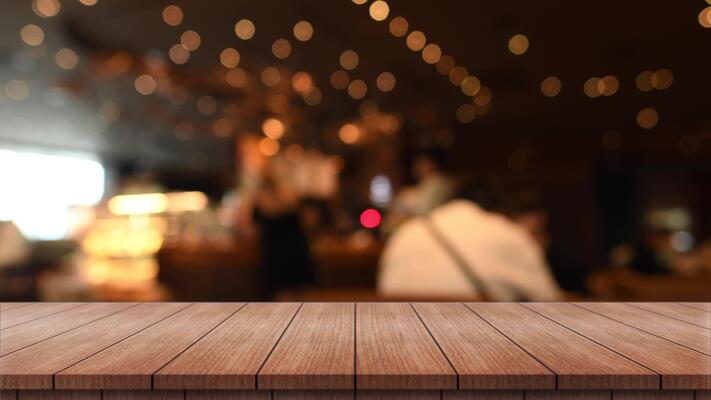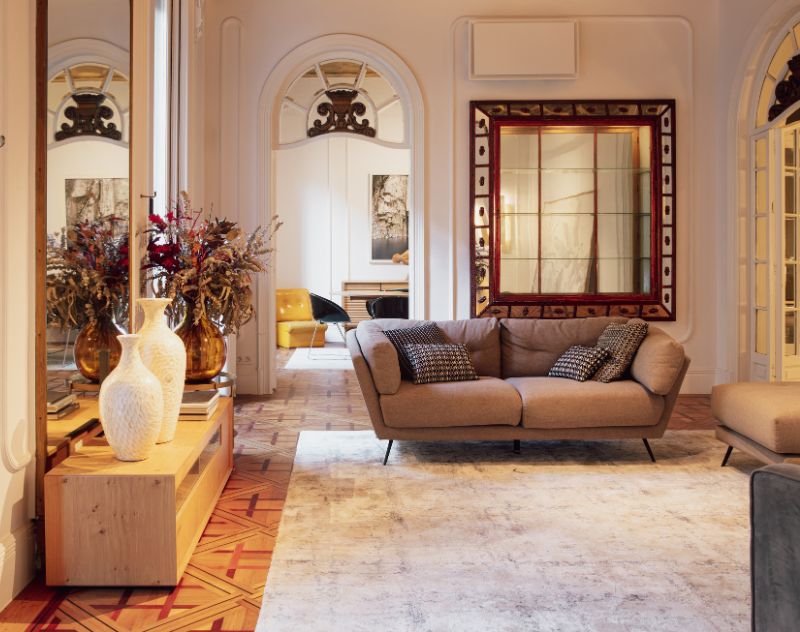Restaurant tables are fundamental to creating a comfortable and inviting dining experience for patrons. The right tables can enhance the ambiance, improve functionality, and align with the overall theme of the restaurant. This comprehensive guide explores the essential aspects of restaurant tables, including materials, styles, sizes, and maintenance tips.
1. Importance of Choosing the Right Restaurant Tables
A. Aesthetic Appeal
Restaurant tables play a critical role in setting the tone and style of a dining establishment. From rustic charm to modern elegance, the choice of tables can significantly influence the restaurant’s overall look and feel.
B. Functionality and Comfort
Tables must not only look good but also serve their purpose efficiently. They should offer adequate space for diners and fit seamlessly into the restaurant layout, allowing for easy movement and service.
C. Durability and Maintenance
High-traffic environments demand tables that can withstand daily wear and tear. Durable materials and easy maintenance are essential for ensuring longevity and reducing replacement costs.
2. Types of Restaurant Tables
A. Dining Tables
Standard dining tables are versatile and come in various shapes and sizes. They are ideal for both casual and fine dining restaurants.
B. Bar Tables
Bar tables, or high-top tables, are typically taller and paired with bar stools. They are perfect for bars, pubs, and casual dining areas where space optimization is key.
C. Banquet Tables
Designed for large gatherings and events, banquet tables are foldable and often rectangular. They provide flexibility for arranging different seating configurations.
D. Outdoor Tables
Outdoor tables are specifically designed to withstand weather elements. They are often made of materials like metal, treated wood, or synthetic wicker for durability.
E. Coffee Tables
Coffee tables are lower and smaller, typically used in lounge areas or cafes for a more relaxed dining experience.
3. Materials for Restaurant Tables
The choice of material affects the table’s appearance, durability, and maintenance requirements.
A. Wood
- Solid Wood: Offers a natural, warm look. Common wood types include oak, maple, and pine.
- Laminate: A more affordable option with a variety of finishes that mimic the look of real wood.
- Reclaimed Wood: Adds a rustic and eco-friendly touch, popular in contemporary and vintage-themed restaurants.
B. Metal
Metal tables are known for their strength and industrial appeal. Common materials include stainless steel and aluminum, which are resistant to rust and corrosion.
C. Glass
Glass tables add a sleek, modern look and are easy to clean. They are often combined with metal or wooden frames for added stability.
D. Stone
Granite, marble, and quartz tables offer luxury and elegance. They are highly durable but require proper sealing and maintenance to prevent staining.
E. Composite Materials
Composite materials, such as resin and high-pressure laminate, provide durability and a wide range of design options. They are resistant to scratches and heat, making them ideal for busy restaurants.
4. Table Shapes and Sizes
A. Shapes
- Rectangular: The most common shape, ideal for maximizing seating capacity.
- Square: Offers flexibility in seating arrangements and is space-efficient.
- Round: Encourages conversation and is suitable for smaller, intimate gatherings.
- Oval: A blend of rectangular and round, offering both space efficiency and visual appeal.
B. Sizes
The size of the table should be proportional to the space available and the seating needs. Standard dimensions include:
- Two-Seater Tables: Approximately 24” x 30”
- Four-Seater Tables: Around 30” x 48”
- Six-Seater Tables: Approximately 36” x 60”
- Eight-Seater Tables: Around 36” x 72”
5. Choosing the Right Table for Your Restaurant
A. Consider the Restaurant Theme
The table design should complement the overall theme of the restaurant. For example, rustic wooden tables work well in a farmhouse-style eatery, while sleek glass or metal tables are suitable for modern settings.
B. Space Optimization
Efficient use of space is crucial. Tables should be arranged to allow for comfortable seating, easy movement, and efficient service.
C. Budget and Quality
While staying within budget is important, investing in high-quality tables can save money in the long run by reducing the need for frequent replacements.
D. Customization Options
Many manufacturers offer customization options, including bespoke sizes, shapes, and finishes, to meet specific design requirements.
6. Maintenance and Care Tips
A. Regular Cleaning
- Use appropriate cleaning solutions for the table material to avoid damage.
- For wood, use a damp cloth with mild soap; avoid harsh chemicals.
- Metal tables can be wiped down with a mild detergent and water.
B. Preventative Measures
- Use coasters and placemats to protect surfaces from heat and stains.
- Apply protective finishes or sealants to wood and stone tables to enhance durability.
C. Repairs and Touch-Ups
- Address scratches and chips promptly to maintain the table’s appearance.
- Refinish or repaint wooden tables periodically to keep them looking new.
7. Where to Buy Restaurant Tables
A. Specialized Furniture Retailers
Look for retailers that specialize in commercial-grade furniture, as they offer a wider range of durable options.
B. Online Marketplaces
Online shopping provides convenience and access to various styles and materials. Ensure you check reviews and specifications carefully.
C. Custom Manufacturers
Custom furniture makers can provide unique, made-to-order tables that perfectly fit your restaurant’s design and functionality needs.
8. Conclusion
Selecting the right restaurant tables involves balancing aesthetics, functionality, and durability. Whether you prefer the natural elegance of wood, the sleekness of metal, or the modern appeal of glass, there are countless options to suit your restaurant’s needs. By considering the theme, space, and quality, you can create an inviting dining experience that will impress your patrons and enhance your restaurant’s ambiance.




